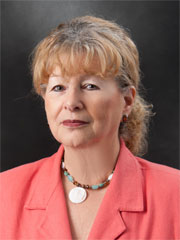Fifty million aging Baby Boomers are sparking demand for products and environments that accommodate their changing physical and sensory capabilities.
According to the 2010 Census, there were 902,724 people over 65 in Massachusetts alone last year, up more than 42,500 from the 2000 Census. This dramatic growth in numbers and proportions, increased life expectancies, and energetic life styles, now enables people to live 20 to 25% of their lives in active retirement. Today's elderly population is better educated, healthier, culturally literate and more discerning consumers.
The impact is already profound on residential housing and the commercial market place.
A recent survey of seniors cited that the main concern of retiring seniors is that they remain independent and in their chosen home as long as possible. Neighborhoods of NORC's or Naturally Occurring Retirement Communities have begun to emerge all over the country. New England has many of the first and most successful. Many other neighborhoods, while not as organized, are shifting over to be primarily seniors that are "aging in place." They all wish to take whatever steps they need to remain at home as long as possible. To support these emerging neighborhoods many essential and recreational goods and services have begun to center around aging communities, catering to their specific needs.
Professional service providers, residential and commercial brokers and developers are just beginning to realize the enormous potential this shifting demographic offers. Investment Property Specialists in Framingham has already developed a division in their company to explore the needs of populations aging in place. Specific efforts are being explored on how best to meet those needs.
Fern Nissim, is a broker with Investment Property Specialists Inc., Marlbrough, Mass.
Tags:









